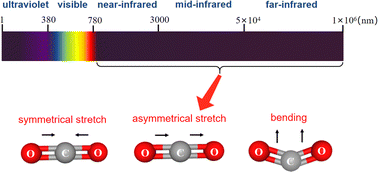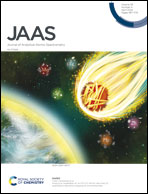Spectroscopic techniques to analyze stable carbon isotopic compositions of carbon dioxide, methane and volatile organic compounds
Abstract
Spectroscopic techniques have been increasingly applied to determine stable carbon isotopic compositions of different target compounds. Although mass spectrometry based approaches still represent the mainstream technique for stable carbon isotope analysis, optical methods are more advantageous for rapid isotope analysis as well as for in situ applications because of their low maintenance and high flexibility for laboratory space, providing efficient and reliable tools for compound specific isotope analysis (CSIA) of different carbon-containing compounds. The most frequently applied spectral protocols for carbon CSIA include TDLAS, CRDS, OA-ICOS, QCLAS, and FTIR spectroscopy, which can be subdivided into laser-based spectroscopy and broadband infrared spectroscopy. Our study conducted a literature research targeting readers who are practitioners of CSIA but not yet familiar with the relevant spectroscopic techniques and characterized different spectroscopic techniques. Moreover, different instrument calibration schemes as well as concentration-dependence and time-drift induced influences were discussed together with the recent environmental applications. Finally, we analyzed the current research hotspots and future trends related to spectroscopic techniques by developing a diagram of co-occurrence network.

- This article is part of the themed collection: JAAS Review Articles 2023


 Please wait while we load your content...
Please wait while we load your content...